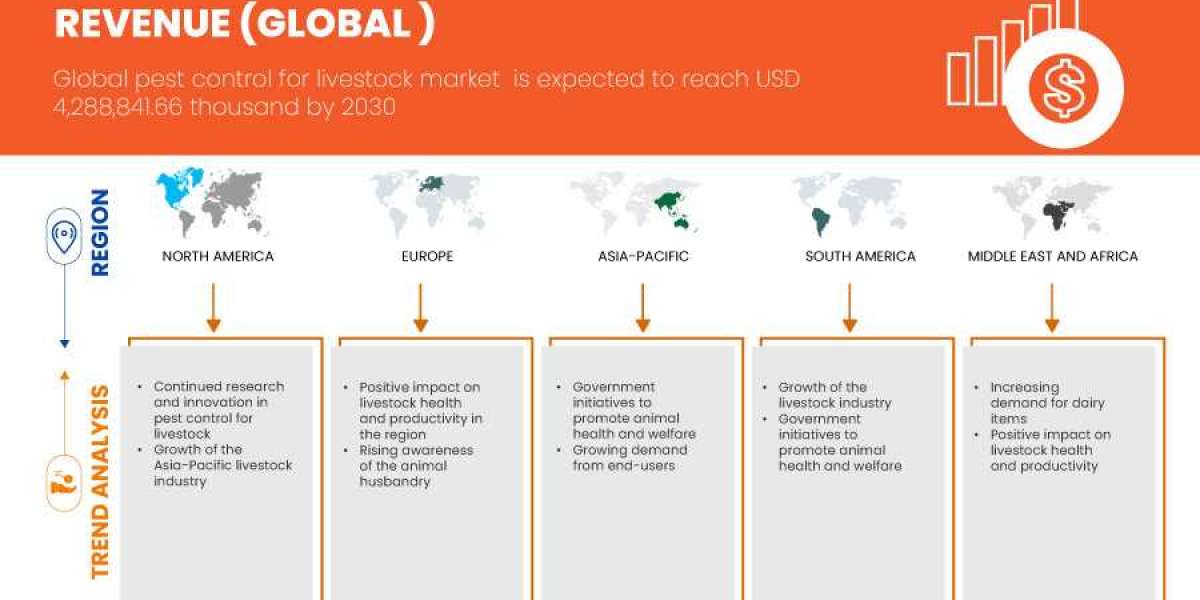The global handicrafts market has witnessed substantial growth in recent years, driven by increasing consumer demand for unique, personalized, and culturally rich products. In 2023, the market was valued at USD 787.85 billion, and it is projected to grow at a compound annual growth rate (CAGR) of 11.8% from 2024 to 2032, reaching an impressive USD 2,149.93 billion by the end of the forecast period. This growth is fueled by a combination of factors, including rising e-commerce sales, increasing awareness of sustainable products, and the global appreciation for traditional craftsmanship. This blog explores the various facets of the handicrafts market, including trends, challenges, opportunities, and key players.
Handicrafts Market Overview
The handicrafts market is characterized by the production of handmade products that are crafted using simple tools rather than machines. These products are not only functional but also serve as a representation of cultural heritage and artistic expression. The market is segmented based on product types, distribution channels, and end-users.
Market Size and Forecast
- Base Year (2023): USD 787.9 billion
- Projected Market Size (2032): USD 2,149.9 billion
- CAGR (2024-2032): 11.8%
Regional Insights
- Asia Pacific: The region is expected to witness the highest growth with a CAGR of 13.3% during the forecast period, driven by the presence of skilled artisans and a rich cultural heritage in countries like India and China.
- India: Leading the market with a CAGR of 14.1%, India is a key player due to its diverse handicraft traditions and government support for the sector.
- China: Following closely with a CAGR of 12.9%, China's market is bolstered by its large production capacity and export-oriented policies.
Handicrafts Market Trends
Rising Demand for Personalized Products
Consumers increasingly seek products that reflect their individuality and cultural identity. Handicrafts offer customization options in terms of design, materials, and finishes, catering to this demand. The rising interest in products representing cultural heritage and ethnic diversity has further boosted the market for traditional handicrafts from various regions.
Environmental and Social Consciousness
As awareness of the environmental and social impact of mass-produced goods grows, consumers are turning to handmade products crafted from sustainable materials and ethical practices. This shift towards eco-friendly products is expected to drive the demand for handicrafts in the coming years.
E-Commerce Boom
The proliferation of online retail platforms has made handicrafts more accessible to consumers worldwide. The growth of e-commerce sales from USD 3.351 trillion in 2019 to an estimated USD 7.385 trillion by 2025 highlights the increasing shift towards online shopping, providing artisans with direct access to global markets.
Recent Developments
In June 2024, Srinagar, a city in India, was designated as a 'World Craft City' by the World Crafts Council. This recognition is anticipated to boost the local economy, promote cultural heritage, and attract tourists and artisans to the region, thereby fostering economic growth and skill development.
Handicrafts Market Segmentation
Product Types
The market is categorized into various product types, each contributing to its growth:
- Woodware: This segment accounted for the largest market share in 2020, driven by its use in kitchenware, decorative items, and toys.
- Handprinted Textiles and Scarves: Expected to grow at a CAGR of 13.5%, this segment reflects the increasing demand for fashionable and culturally significant accessories.
- Embroidered and Crocheted Goods: With a CAGR of 12.6%, this segment benefits from the rising popularity of intricate and handcrafted textiles.
Distribution Channels
- Mass Retailers: Dominating the market due to their ability to offer a wide variety of products at affordable prices, mass retailers are expected to maintain their dominance during the forecast period.
- Online Stores: The growth of e-commerce platforms presents a significant opportunity for artisans to reach a global audience, reducing reliance on intermediaries and enhancing profit margins.
End Users
- Residential: The residential segment is the largest end-user, driven by the demand for home accessories, fashion items, and jewelry.
- Commercial: This segment includes offices, hotels, and hospitals, contributing to the growing demand for decorative and functional handicrafts.
Challenges in the Handicrafts Market
Despite its growth, the handicrafts market faces several challenges:
- Lack of Standardization: Inconsistent product quality can affect customer satisfaction and market reputation.
- Labor-Intensive Production: Handicraft production is often time-consuming, making it difficult to scale up to meet large orders.
- Limited Market Access: Artisans in remote areas may struggle to access larger markets, impacting their ability to sell products globally.
- Economic Vulnerability: The market is susceptible to economic downturns, as consumers may reduce discretionary spending during such times.
- Intellectual Property Issues: Lack of proper protection can lead to the imitation and mass production of traditional designs by foreign manufacturers.
Opportunities in the Handicrafts Market
Several opportunities exist for growth and expansion in the handicrafts market:
- E-Commerce Expansion: The growth of online retail platforms provides artisans with direct access to global consumers, contributing to demand growth.
- Tourism Integration: Collaborating with the tourism industry can boost demand, as tourists often seek unique souvenirs.
- Customization and Personalization: Offering customized products can attract niche markets and cater to specific customer preferences.
- Collaborations with Designers: Partnering with designers and global brands can elevate the profile of handicrafts and reach new audiences.
- Sustainable Products: The increasing demand for eco-friendly products presents opportunities for market expansion.
Competitive Landscape
The global handicrafts market is highly competitive, with key players implementing various strategies to enhance their market presence. Some prominent players include:
Asian Handicrafts Pvt. Ltd.
- Strategic Initiatives: Expansion of product lines to include contemporary designs, increased use of eco-friendly materials, and sustainable practices.
Noah’s Ark International Exports
- Key Strategies: Support for over 100 artisan groups, adherence to fair trade principles, and continuous development of new product lines.
Matr Boomie
- Focus Areas: Blending traditional skills with contemporary design, sustainable production methods, and leveraging partnerships with major retailers for global reach.
The Citizenry
- Approach: Establishing direct relationships with artisan groups, commitment to fair wages, and using storytelling to connect consumers with the cultural significance of products.
Novica
- Market Strategy: Utilizing an online marketplace to provide artisans with access to a global customer base, offering resources and training to improve business skills and product offerings.
The global handicrafts market is poised for significant growth in the coming years, driven by consumer demand for unique and culturally rich products. The increasing popularity of sustainable and eco-friendly goods, coupled with the expansion of e-commerce platforms, provides ample opportunities for artisans to reach a global audience and enhance their market presence. However, challenges such as inconsistent product quality, limited market access, and economic vulnerability must be addressed to ensure sustained growth. By leveraging opportunities in e-commerce, tourism, and collaborations with designers, the handicrafts market can continue to thrive and contribute to the global economy.








